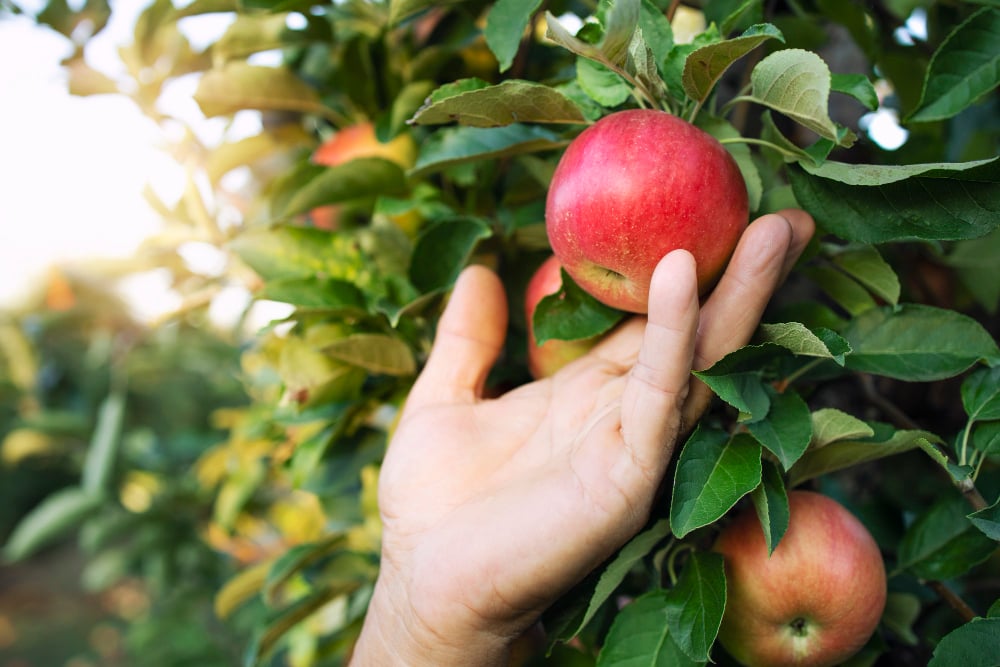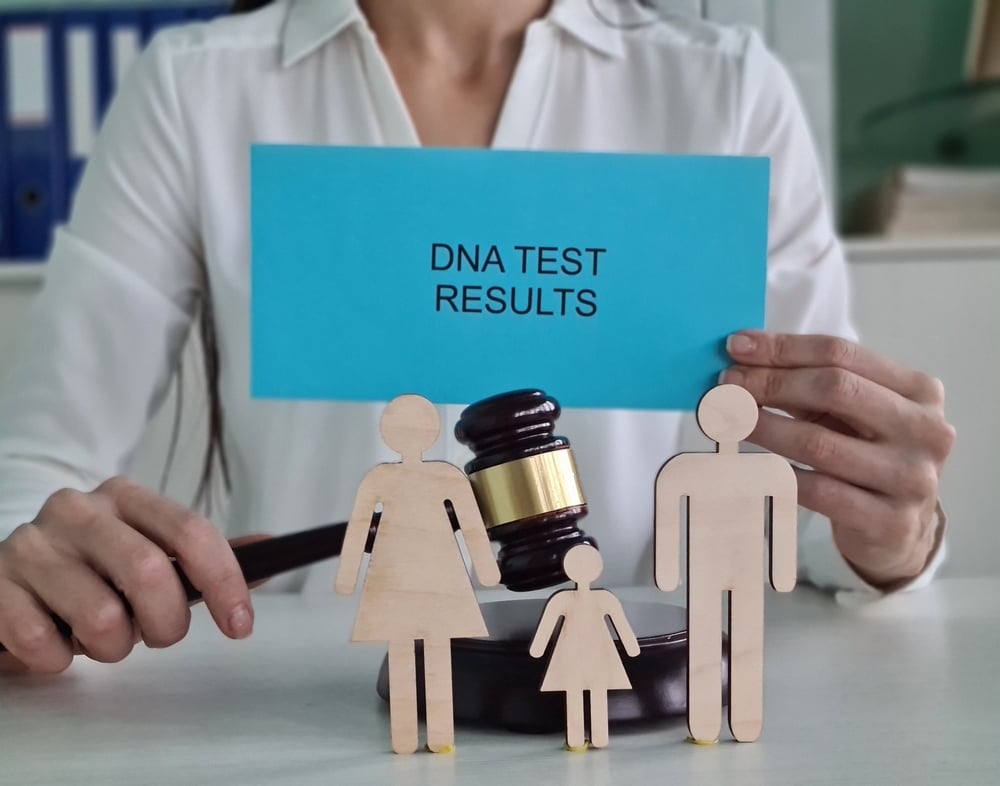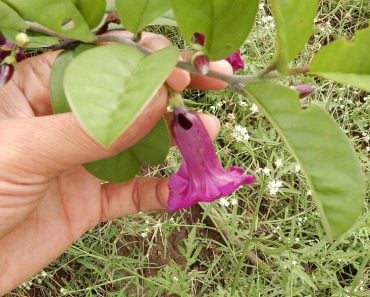Table of Contents (click to expand)
Plant breeders and fruit growers need to know who the “fruit dad” is because it tells them which of the varieties growing in the orchard are doing the best job as a pollen donor. Researchers therefore perform a fruit “paternity test”, comparing all the pollen in the vicinity with the fruit’s DNA.
Plants form a fruit when pollen (male reproductive part) moves through the pistil (female reproductive part) and fertilizes the egg inside the ovary.
More often than not, this pollen comes from another flower on the same plant, or a different plant of the same variety, or a plant of a different variety, but of the same species. Pollinators, the birds and the bees (and wind, and mammals), are ‘agents’ that carry pollen to the flowers.
After fertilization, the ovary grows into a fruit that remains attached to the plant. This makes it easy to know who the mom plant is (unless the fruit is harvested). However, finding the dad plant isn’t so straightforward; we need to know where the pollen came from. To complicate things further, a flower can receive a mix of different types of pollen from many different flowers. When a fruit has multiple seeds, each seed could have a different dad.
In that case, how do we know who is the dad? Which plant or flower provided the pollen?

Now, you might ask why would anyone want to know who the father of a fruit is? Well, for plant breeders, that’s important information. If the grower wants to know which of the varieties growing in the orchard are doing the best job as a pollen donor, they need to identify the best ‘fruit dads’.
When there is a disputed paternity issue in humans, we identify the dad through paternity tests with DNA markers. Well, we can do the same thing with fruits.
Recommended Video for you:
How Is A Paternity Analysis Done?
Fruits inherit their genetic material (DNA) from both parents. Parental DNA combine and form a unique combination of the DNA (and genes) during sexual reproduction. The kids carry a mix of characteristics from both parents.
The DNA profile of the fruit contains a combination of the DNA profile of both the parents. To find the parts of the DNA that came from the father, a paternity analysis test is done using DNA markers.
First, the DNA profile of the fruit is compared to that of the mother plant to determine which parts of the DNA profile came from the female parent and which parts came from the male parent. Next, the DNA profiles of all potential pollen donors in the vicinity are compared to identify which ones contributed to the DNA profile of the fruit.

Researchers used paternity analysis to identify the pollen donors of olive fruits. To do this, they cracked open the olive pit and extracted the DNA from the embryos. They used DNA markers to fingerprint these embryos, the mother plant, and the 17 olive varieties present in the orchard. Next, they compared the fingerprints and identified which of the varieties in the vicinity was the male parent of the embryo. They were able to see clear preferences (cross-compatibility) among the pollen donors.
The dad variety was not necessarily the tree closest to the mom tree or the variety with the highest number of plants.
In another study, paternity analysis was used to identify the pollen donors in strawberry seeds. The strawberry fruit is an aggregate fruit with hundreds of achenes (the true fruits) on a fleshy receptacle. Each achene contains a seed. The researchers compared the DNA profiles of these seeds with that of the mother plant and the neighboring varieties to determine if the seeds were formed following cross-pollination or self-pollination. It turned out that in the case of strawberries, even when there was pollen of other varieties available, the flowers preferred their own pollen. 98% of the seeds were self-pollinated.
Why Does The Plant Need To Find A Pollen Donor? And Why Do We Need To Know Which Plant That Is?
When genes of two different varieties of plants mix together to form a seed, it gives the seed an evolutionary advantage, as the plant with the new combination of genes may have some new traits that make it better for survival. Since plants are rooted to one place, nature has designed certain ways to ensure that gene mixing is possible.
Among these methods is the wide range of pollinators and the various ways that plants adapt to pollinators. For example, wind-pollinated species produce a lot of light pollen that can be easily carried by the wind. On the other hand, bee-pollinated species produce flowers in attractive colors that contain nectar to lure the bees. They also have sticky pollen that stick to the bodies of the bees.
Plants also have mechanisms to ensure that pollen of the same flower does not pollinate itself. These mechanisms may be in the form of physical and temporal barriers, where the pollen in the flower is separated from the pistil in space and time. There may also be some genetic differences that prevent self-pollination. At the same time, not all varieties are cross-compatible.

For example, the popular apple variety, Red Delicious, cannot pollinate itself (self-incompatible). Therefore, when planning an apple orchard with this variety, the grower needs to ensure that varieties compatible with Red Delicious, such as Gala and Golden Delicious, are planted nearby. If compatible pollen is not available, the Red Delicious trees will not bear fruit, or the yield will be very low.
Therefore, it is important for growers to know about self- and cross-compatibilities of the varieties and plan to grow their varieties accordingly. Examples of species that can pollinate themselves and do not need cross-compatible varieties are peach, nectarine, apricot, grape, strawberry, and sour cherry. Examples of species that need a compatible pollen donor of another variety are apple, pear, sweet cherry, and almond.

Conclusion
Many species of plants require a pollen donor of a different variety to successfully bear fruit. While it’s easy to know the identity of the maternal parent of a fruit, because the fruit is attached to the mother plant, identifying the male parent can be challenging, especially when there are multiple potential pollen donors growing in the vicinity. Paternity analysis using DNA markers can be used to identify the pollen donors of a given fruit.
References (click to expand)
- Mookerjee, S., Guerin, J., Collins, G., Ford, C., & Sedgley, M. (2005, August 25). Paternity analysis using microsatellite markers to identify pollen donors in an olive grove. Theoretical and Applied Genetics. Springer Science and Business Media LLC.
- Kämper, W., Dung, C. D., Ogbourne, S. M., Wallace, H. M., & Trueman, S. J. (2022, September 13). High self-paternity levels and effects of fertilised-seed number on size of strawberry fruit. (E. V. Avramidou, Ed.), Plos One. Public Library of Science (PLoS).
- Hassa, P., Traiperm, P., & Stewart, A. B. (2023, September 15). Compatibility systems and pollinator dependency in morning glory species (Convolvulaceae). BMC Plant Biology. Springer Science and Business Media LLC.
- Abdallah, D., Baraket, G., Perez, V., Salhi Hannachi, A., & Hormaza, J. I. (2020, October 1). Self-compatibility in peach [Prunus persica (L.) Batsch]: patterns of diversity surrounding the S-locus and analysis of SFB alleles. Horticulture Research. Oxford University Press (OUP).
- Fruit Plant Pollination.













